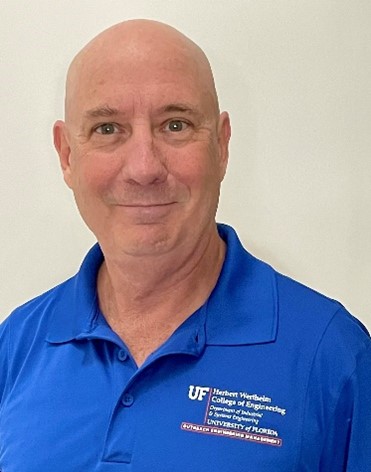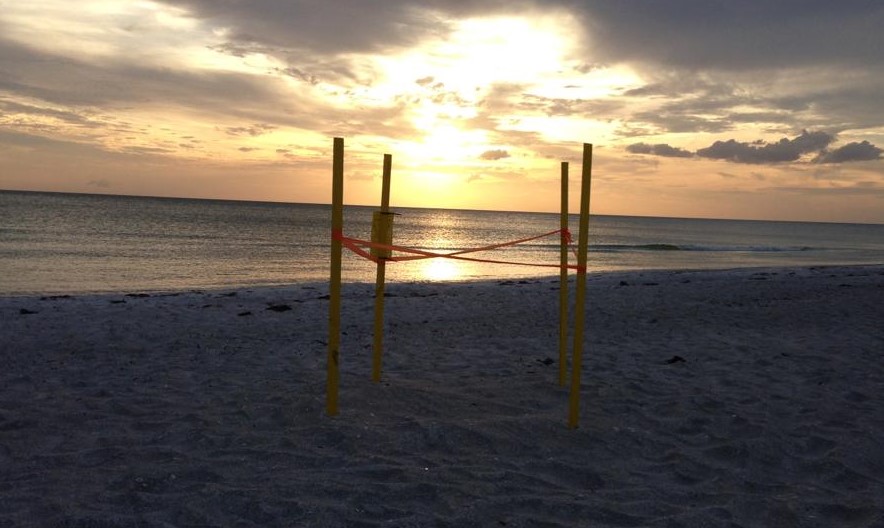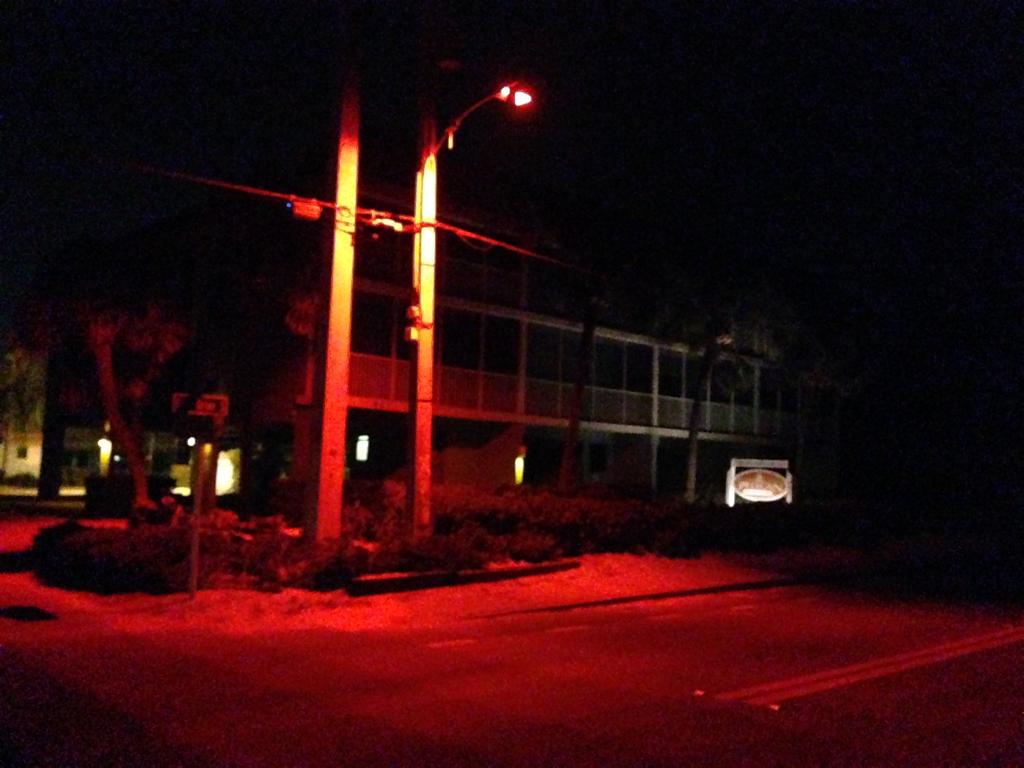Interview Series
Roadway lighting done right can make a positive difference to our lives and the environment. Our three-part interview with roadway lighting experts Rick Kauffman, Joe Hancock and Suzanne Lansford explores the challenges, best practices and myths associated with roadway lighting and designing wildlife-sensitive exterior lighting.
This is Part 3 of a 3-Part Interview Series. Click here to read Part 1 and Part 2.
Meet the Expert

Joe Hancock | Utility Standards Specialist
Town Lighting Engineers | www.townlighting.com |
Owner, Hancock Consulting, LLC | www.jchancock.com
What is your niche area of expertise? What do you like about it?
Integrated solutions for roadway lighting in wildlife-sensitive areas.
There is so much promising potential for applying new technologies (dual-source lights, smart controls, etc.) to roadway lighting systems in wildlife-sensitive areas.
How did you get started in this line of work?
I happened to be in the right place at the right time. I was asked to bring new technology into the utility lighting group.
Who were your mentors? What factors helped you in your career?
I owe enormous thanks to the members of ANSI C136.
What is your advice for someone interested in lighting, or roadway lighting in particular?
Embrace change, be on the look-out for alternate/supplemental uses for new technology.
Right is better than fast. Rushing a change out without due diligence can be very painful.
Tell us about a professional accomplishment you are proud of.
One of the things I’m most proud of is being on the team that sought and tested the first turtle-friendly LED approved by the Florida Fish & Wildlife Conservation Commission (FWC) with a mounting height over 12 feet – i.e., suitable for roadway lighting.
We at FPL worked with several manufacturers and the FWC to specify and obtain luminaires. We validated the photometric distribution and put the units through surge and salt-chamber environmental tests. Working with FWC, we validated the color spectrum (above 590 nm) and tested for wavelength drift over time. Only one unit met all the criteria, and that unit was field tested for its effect on turtle hatchlings.

There were two test areas at each of two turtle nesting beaches (four total test sites). One night, one test area was lighted by a shielded LED 590nm fixture, and the other area was left dark. The next night, the previously dark beach was illuminated by the shielded LED, and the other was dark. The FWC collected newly emergent light-naïve turtle hatchlings and released them in parallel at the two test areas and found no statistical difference between the trajectories of turtles under 590 nm light, and those in the dark.
In addition to the certification of Florida’s first turtle-friendly light, the project’s greatest outcome was the collaboration between vendors, agencies, and the utility – each party going above and beyond with unified purpose, without compensation from any other party.
Roadway Lighting Insights
Could you tell us about some key challenges and how you overcame them?
Utility lighting programs like ours at Florida Power & Light (FPL) underwent massive changes during the roadway lighting industry’s transition to LED. I was principal lighting engineer during this evolution, which also involved smart light networks, and it was part of my job to develop a strategy and direction for FPL through this transition.
Products and designs were changing faster than they could be evaluated.
Efficacy and board designs quickly progressed, and manufacturers were entering and leaving the marketplace at unprecedented rates. It was difficult to determine the best way to package the offerings statewide, how to sell internally, and how to implement systems with the least amount of pain in a program that was maximally beneficial for the company.
We were able to overcome these challenges by building alliances internally and with municipalities, educating the stakeholders about current availability and future vision, and effectively communicating at every step of the process. It was important to tailor the messaging specially for each stakeholder group to help them understand how the changes would help them reach their goals.
What, according to you, are the top myths or misconceptions around roadway lighting?
It is a myth that human safety and environmental concerns are incompatible with each other. Properly designed systems that increase safety for drivers and pedestrians can be implemented in a way that minimizes negative effects on wildlife.
What are your top recommendations around responsible roadway lighting that is sensitive to wildlife impact?
The recommendations of the FWC for turtle nesting beaches are broadly accepted guidelines for wildlife-sensitive areas:
Keep it LOW
- Luminaires must be mounted as low as possible and still be appropriate for the needed purpose
- Light source must produce the lowest lumens necessary for the needed purpose.
Keep it LONG
- Light source must produce only long wavelength light (560 nm or greater) which is amber, orange, or red.
Keep it SHIELDED
No up-light, and no light source should be visible to the sensitive area.
Can you think of an example where your recommendations have been implemented successfully?
There remain significant challenges to the understanding of lighting’s effects on wildlife. When the FWC observes hatchling disorientations, visible lights in the area are turned off. But nature’s systems are too complex to confidently attribute or even correlate wildlife improvement or degradation to the removal or addition of lighting. In spite of the strides made in the development and certification of “wildlife-friendly” products and methods, there is a lack of follow-up studies quantifying the benefit to wildlife. That makes it difficult to measure what “success” means for any installation.
What are some changes you would like to see addressed in the lighting industry?
I would like to see a greater openness to emergent technology. Manufacturers should partner with universities to find new and better ways to do more with less. For example, we could integrate adaptive lighting and dual light source (color) to roadway applications in wildlife-sensitive areas, or use real-time vehicle counts to adjust lighting levels.
On attending events
LightFair and the Street and Area Lighting Conferences are two must-attend events for the roadway lighting industry. I have been to 12-15 between the two events. They provide the opportunity to interact with all the players, sit down with peers, manufacturers, research and development teams to understand where they are headed, and help them understand user needs.
If you hadn’t been in lighting…
I would have been a buccaneer 😊…or a professor.
Did you like this interview? Do you have an interesting take on this topic? Tell us in the comments.

